When I was a kid, one of the first games I played was Moria. It was a Tolkien-esque version of the classic Rogue game, wherein you choose a race and class and explore the infinite depths of the Mines of Moria, finding equipment, spells, and tons of hostile monsters along the way. I have fond memories of dying over and over again, restarting each time with a new character, hoping that this time, I’d finally find the Balrog and win the game.
Tangledeep evokes that same feeling of near-death tension, exploration, and resource management. Except the delving aspect is flipped: the town you start in is deep below ground, and you need to take staircases up to eventually find the surface. This inversion isn’t anything revolutionary, but it keys you in to the sense that Tangledeep is taking the Roguelike genre and doing something different with it.
Tangledeep has a wonderful pixel art style that reminds me heavily of Secret of Mana and other games of that era. The style choice is refreshing, whether you’re coming from huge AAA games like The Witcher or Roguelikes like Moria. The animations are minimal, but fit the style and give the game just enough life and movement to feel right. The first few levels are a mix of grass, stone, trees, water, and other features like mud and lava, but they don’t feel monotonous. Bonus areas, accessed by alternate “up” staircases, might also change up the style so things don’t get rote — one memorable area was a crumbling castle ruin, complete with candelabras, tapestries, and faded carpets.
Art style aside, Tangledeep really shines in its job system. You start the game by picking one of 10 jobs: Brigand, Floramancer, Sword Dancer, Spellshaper, Paladin, Budoka, Hunter, Gambler, HuSyn, and Soulkeeper (currently in beta). Each job has its own talents, abilities, and stat bonuses, as well as distinct playstyles. The greatest thing about the job system, however, is that you can go back to the main town, Riverstone Camp, and change your job. When you do, you keep all the skills you’ve learned in your previous job — including the fairly important passive skills — and start anew with your current pick. This allows for a huge amount of customization.
Want to up your critical chance to ridiculous levels or make sure you gain extra turns super fast? Combine the Brigand and Hunter jobs to increase your critical chance and CT gain. Want to evade, block, or tank every hit? Combine the Sword Dancer, Paladin, and Budoka classes’ skills. In essence, Tangledeep really encourages you to play the way you want to — while you survive.
Like all other Roguelikes, Tangledeep is hard. Like, “mismanage your health flasks or take on one too many enemies and you’re dead” hard. Fortunately, if you don’t like losing all of your progress, there are three difficulties: Adventure Mode, Heroic Mode, and Hardcore Mode.
In Adventure Mode, when you die, you’ll lose your current experience, job points, and half your held gold, but you’ll respawn at Riverstone Camp. In Heroic Mode, you’ll suffer permadeath, but your banked items, gold, and town progress will be saved, so you can make a new character in that slot and benefit from your previous adventuring. Hardcore Mode means nothing is saved. Tangledeep tells you “all traces of your adventure are permanently erased,” and the game means it.
If you choose Hardcore Mode, though, the game does something pretty cool. Out in the procedurally-generated dungeons, you can find tree seeds. Take these seeds back to town, and you can plant them. After some time, the trees will grow, and you can collect fruit or other items from them. Let them grow large enough, and you can harvest the tree for experience and job points. So, if you just died an agonizing death and need to restart, you can give yourself a quick boost at the start of your new game by harvesting a tree. It’s a great way to reward you after a long adventure, even if you failed.
The gameplay in Tangledeep is very similar to every other Roguelike. Enter the next area, hunt down the monsters, find loot, rinse and repeat. This could get boring pretty quick if it wasn’t for the variety of enemies and your own abilities.
Enemies are all different: lizards shoot out flames, crabs disarm you, mold-covered rats can pull you toward them. Each is immediately recognizable from the others, and you quickly learn how to combat each one based on their individual attacks. In addition to enemy types, each enemy might spawn in as a Champion, which gives them special abilities beyond their normal ones. Several I’ve fought constantly summoned lightning bolts around them at random, while others teleported around. One even spawned what looked like stone spiders when I tried to run.
There’s a lot more for me to explore in Tangledeep. Like my time with Moria, I’ve died more times than I care to count, but despite those failures, I keep coming back to the game. It’s not any one feature or design choice that makes me like the game; it’s the combination of all the things Tangledeep does well — the art, the mechanics, the gameplay, and the challenge — that keeps me coming back.
Stay tuned to GameSkinny for more news and information on Tangledeep as it develops.

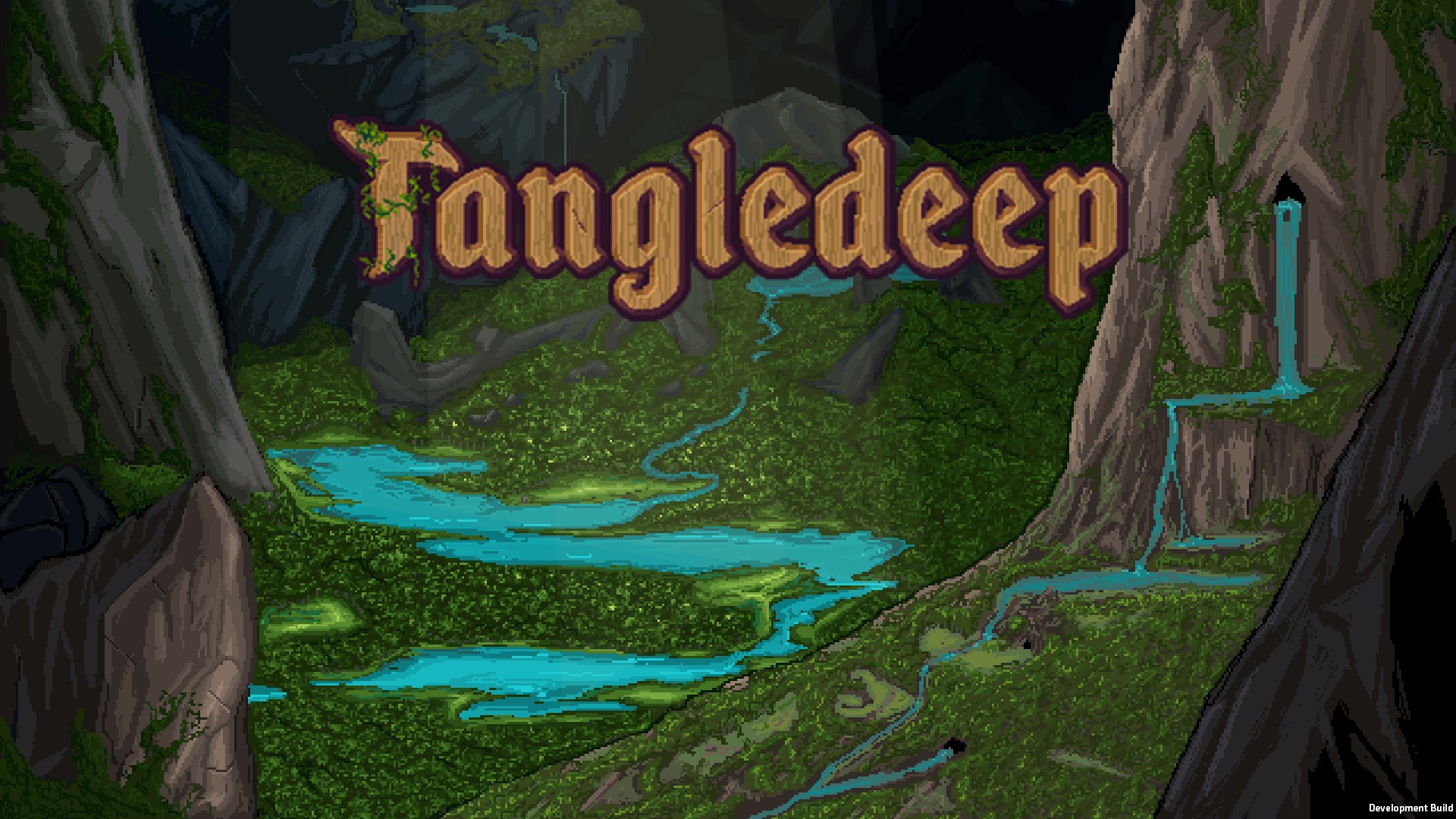
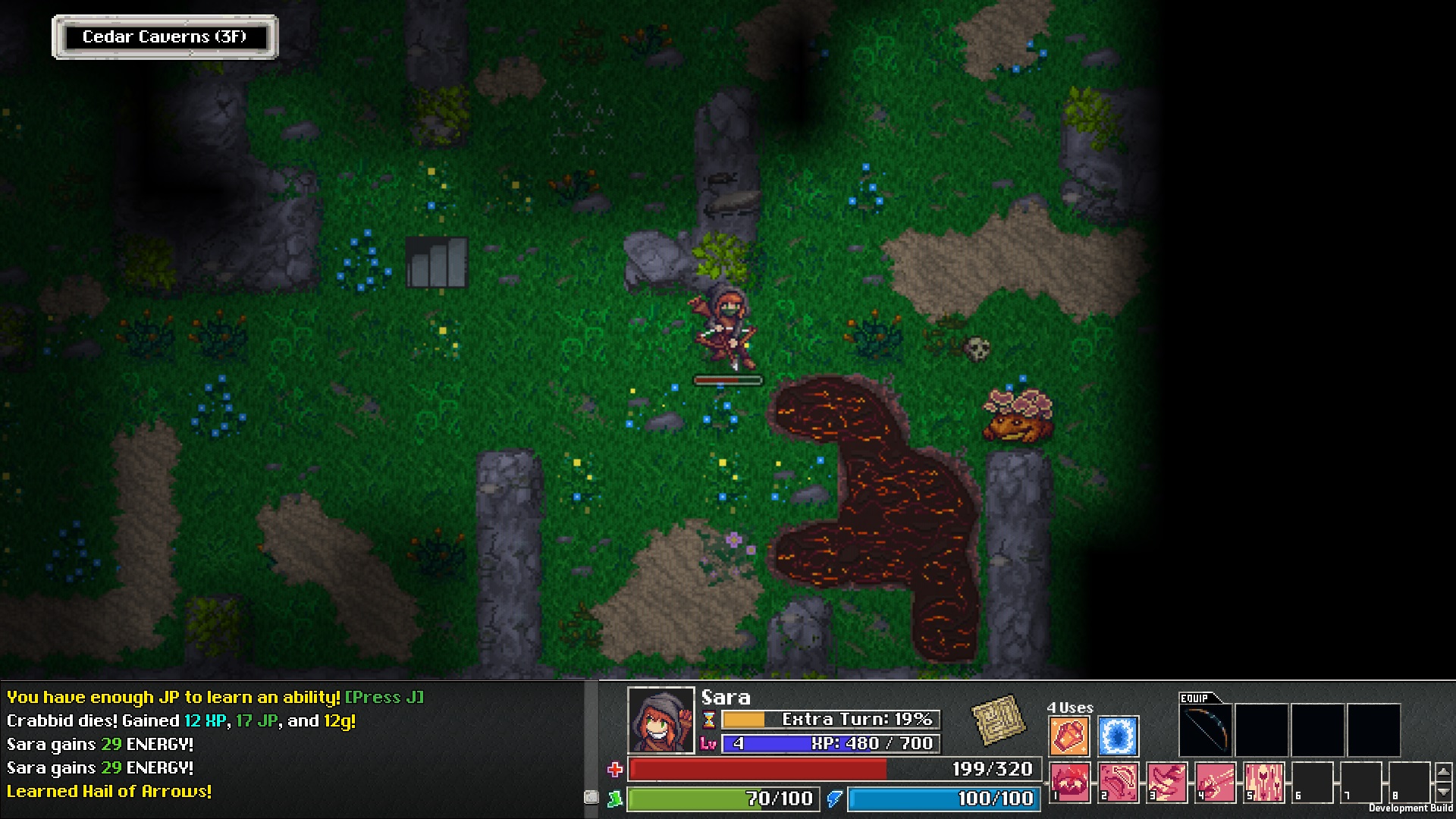
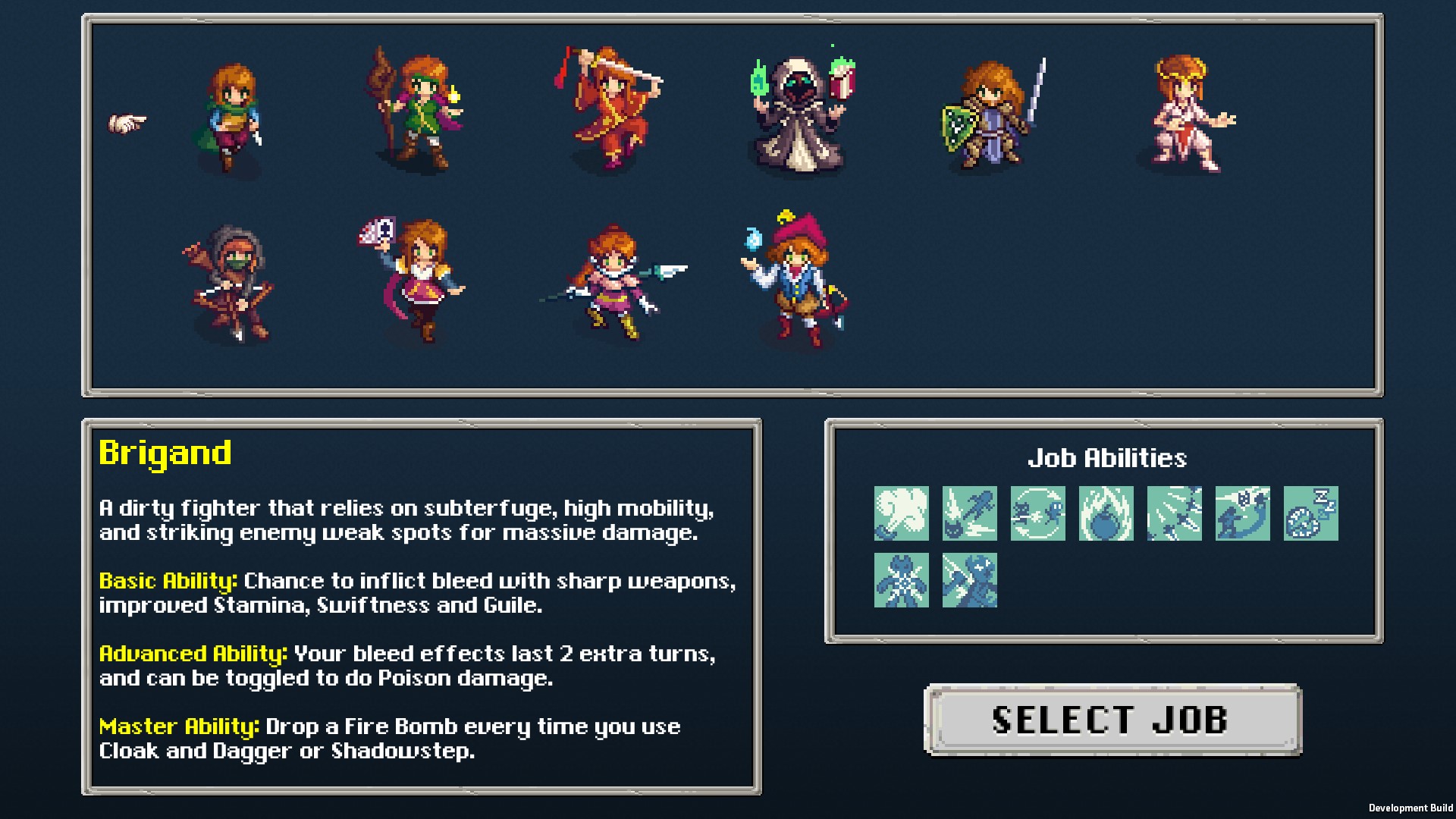
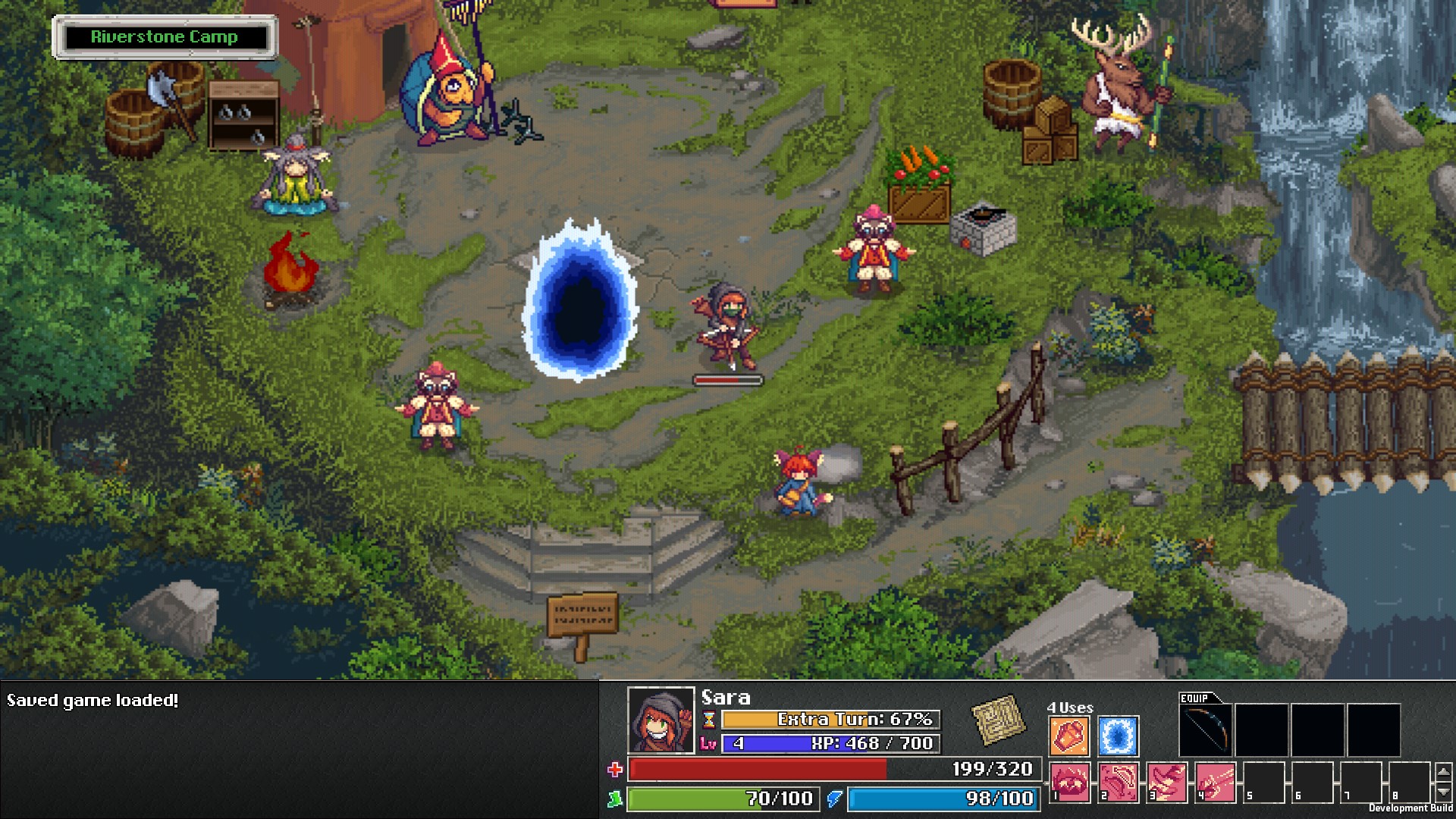
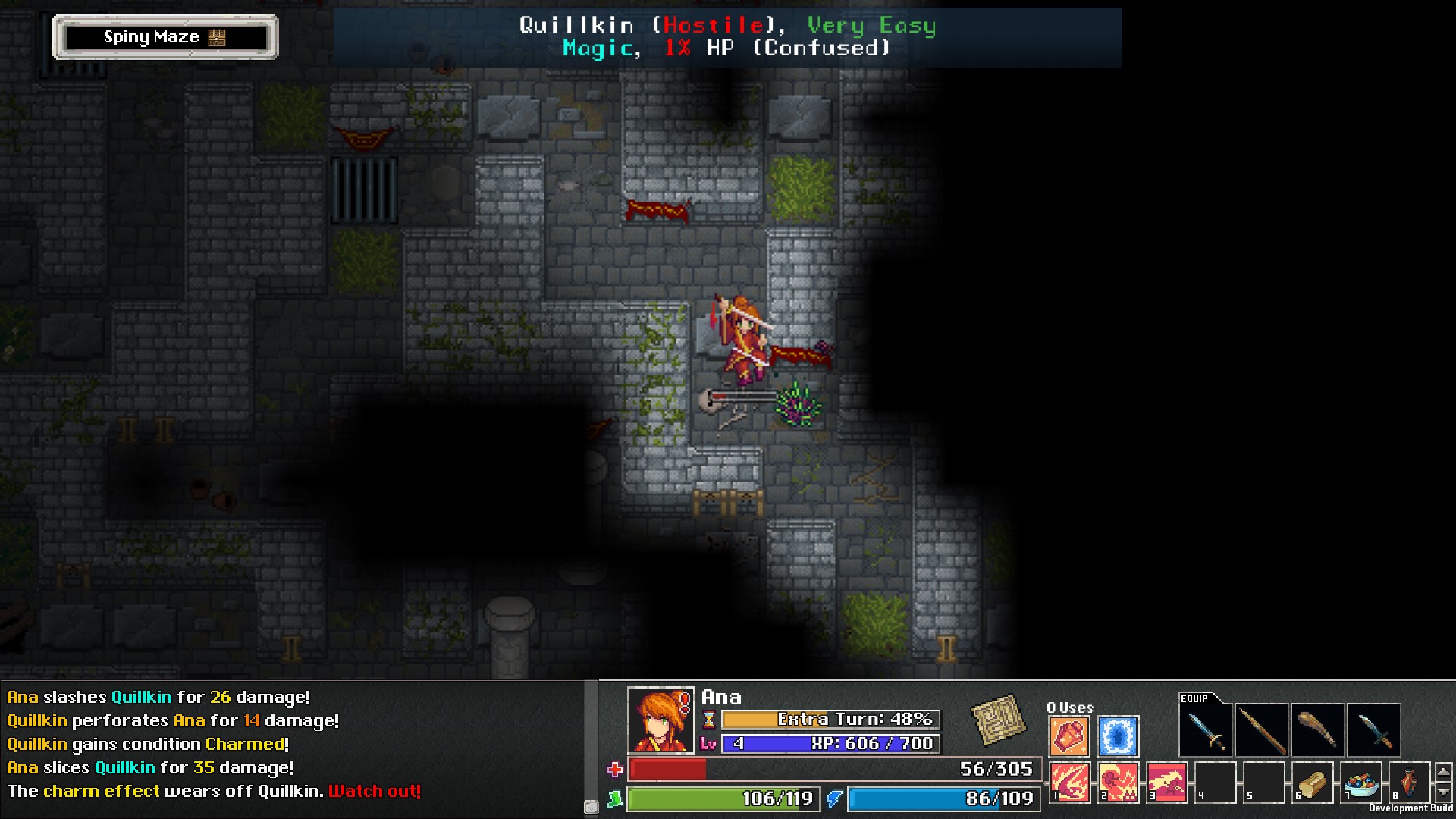





Published: Aug 18, 2017 12:23 pm